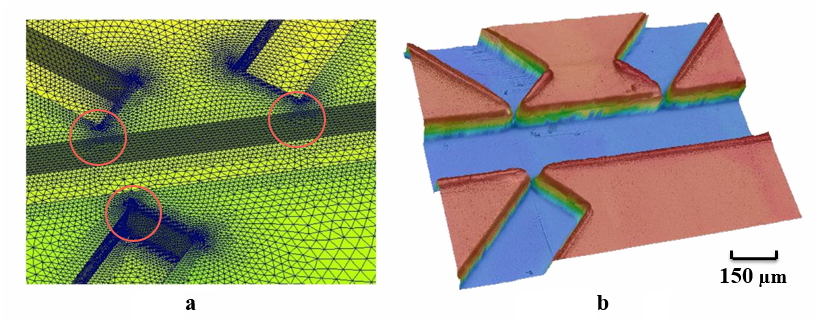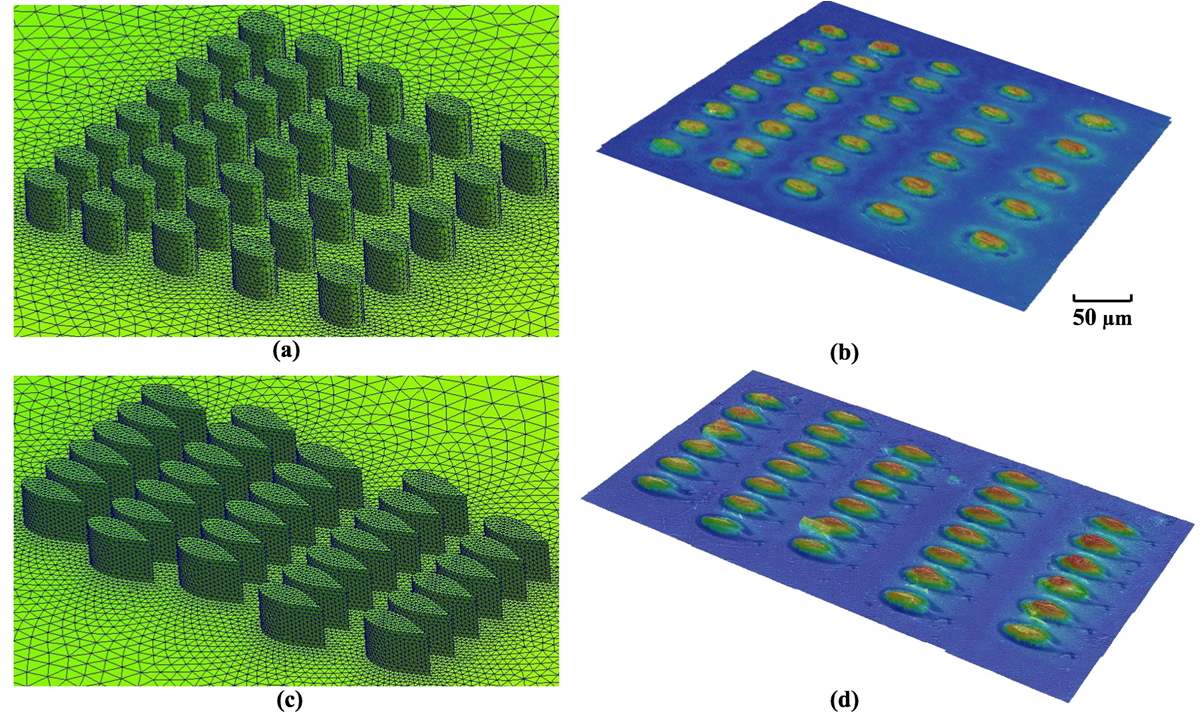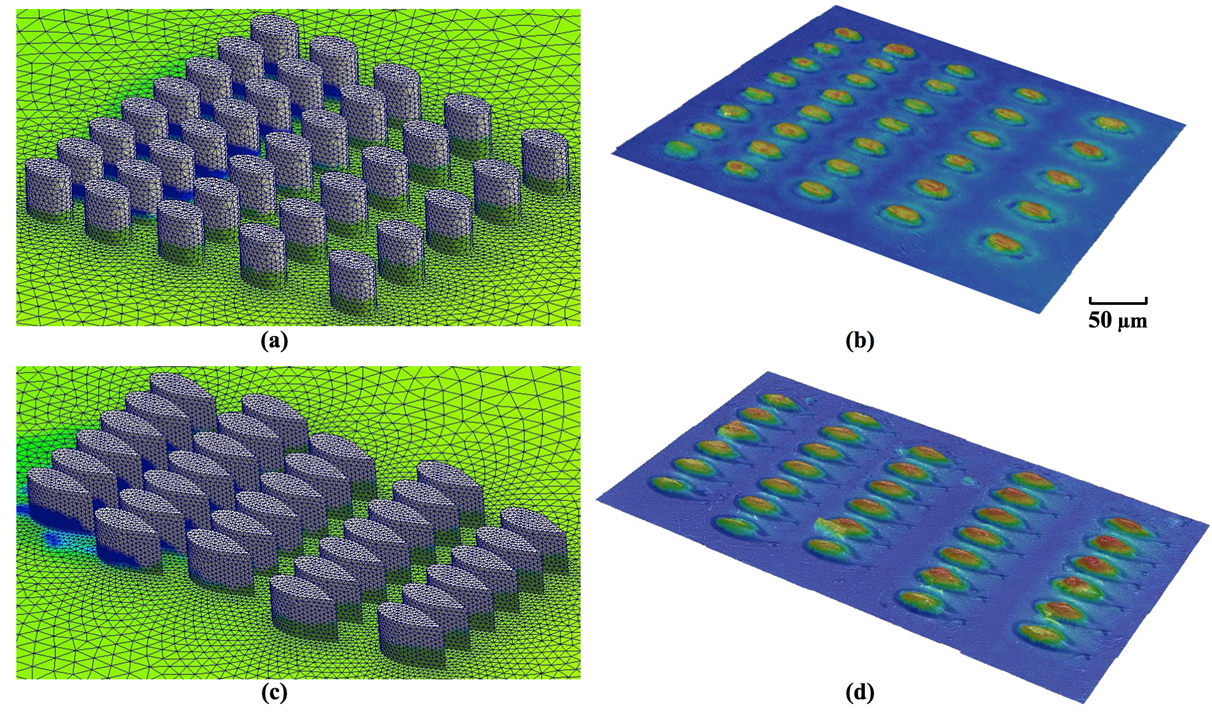

- Customer: University College Dublin & Tianjin University
- Country: Ireland, China
- Industry: Educational/Academy
- Solution: Moldex3D Advanced Package;Flow, Pack, Cool, Designer BLM
- View PDF Version
University College Dublin: University College Dublin, which originated in a body founded in 1854, is Ireland’s largest university. It is one of Europe’s leading research-intensive universities; an environment where undergraduate education, masters and Ph.D. training, research, innovation, and community engagement form a dynamic spectrum of activity. (Source: https://www.ucd.ie/)
Tianjin University: Tianjin University, which was established in 1895, is the first modern higher education institution in China, and now a national university under the direct administration of the Ministry of Education of China. It is a Chinese Ministry of Education Class A Double First-Class University. (Source: https://www.tju.edu.cn/english/)
Executive Summary
Simulation is commonly used to optimize mold design for complex 3D products, but it is particularly difficult to describe precisely the injection molding process for microscale features. In the present project, a typical micro-sized feature, critical for a microfluidic flow cytometer chip is used to develop a feasible approach to simulate the filling progress of microfeatures. Factors including heat transfer coefficient, venting, wall slip, and freezing temperature are studied. Notably, the insufficient filling of microfeatures is predicted successfully, and the selected parameters are validated by two further configurations of microfluidic mold tool inserts. This project constitutes an important example of simulating the microinjection molding process in the production of polymeric microscale devices and the development of mold tool inserts with micro-sized features.
Challenges
- Difficult to capture the filling behavior of polymer melt in micro-sized cavities
- Defects of microfeatures couldn’t be predicted using simulation when using the default and normal parameters before a mold tool is manufactured
Solutions
Moldex3D Designer BLM was used with specifically modified node seeding. Furthermore, real process conditions, actual machine responses, and physical phenomena including heat transfer coefficient, venting, wall slip, and freezing temperature were all integrated into the analysis to ensure that the real problems of the filling of microfeatures can be predicted.
Benefits
- Successfully predicted the incomplete filling of micro-sized features
- Evaluated alternative designs before production, saving time and money
Case Study
Micro injection molding is one of the most popular methods for mass producing polymeric micro/nanocomponents, such as microfluidics, micro-optics, and functional surfaces. Simulations that are used for injection molding help to optimize mold designs for manufacturing complex 3D products larger than millimeters and centimeters. However, these same simulations lack accuracy when simulating the molding process for smaller, micro-sized features, such as are critical for polymeric micro/nanodevices.
In this project, an essential microfeature on a microfluidic flow cytometer chip is used as a typical component in developing a feasible approach to simulate the filling progress of microfeatures.
In the first case, the student found out that the simulation result with the default settings could not predict the critical defects in the actual molding process (Fig. 1).

Fig. 1 The microfeatures simulated with default settings for the filling stage (a) and the microfeatures of interest from experiments (b)
Therefore, the effect of factors that are crucial to micro injection molding, including heat transfer coefficient, venting, wall slip, and freezing temperature were all considered in the analysis. In addition, the macroscale polymer flow of the microfluidic chip substrate was also examined in terms of injection pressure, flow front profile and cross-sectional profile to further optimize prediction. As a result, the real-world molding issues were successfully predicted (Fig. 2)

Fig. 2 (a) After the injection stage with the original design
(b) After the cycle including the packing and cooling stage with the revised design
(c) The experimental result after the cycle
In the second case, the main goal was to examine the result between simulation and experiment, especially regarding the filling behaviors of the cylinders on the surface, which are considered to be microstructures compared to the size of the whole chip. As shown in Fig. 3, the simulated filling behaviors, represented by (a) and (c), are far off from the experiment results, represented by (b) and (d).

Fig. 3 The comparison between the simulation of the original design and experiment
Later the team adopted the same approach to optimize the control factor that has been examined in the second case. We can observe that the defect of the short shot agrees with the experiment (Fig. 4)

Fig. 4 The comparison between the simulation of optimized design and experiment
Results
Through Moldex3D analyses, the UCD team could investigate the relations between the filling behaviors and computational parameters and successfully predict the incomplete filling of micro-sized features in a microfluidic chip. This helped to ensure that the real problems of the filling of microfeatures can be predicted, thereby saving the cost that would otherwise be required to rectify these problems after manufacturing a mold tool.
